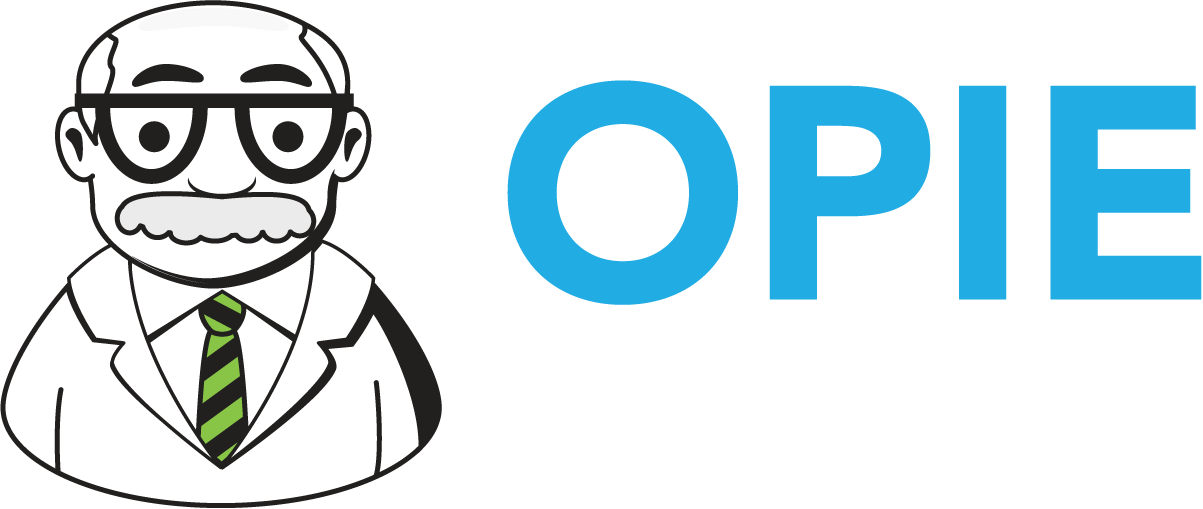AI in O&P: Friend or Foe?
The promise of artificial intelligence (AI) has captivated healthcare, with visions of robots performing surgery and AI-powered diagnoses taking center stage. I was recently at a conference for medical practice managers where a significant portion of the exhibit hall had vendors promising that AI would make the physician’s life so easy. It would practically be “money for nothing” (I can’t help but sing Dire Straits in my head when I type that!). While the potential for AI is undeniable, its implementation in allied health, particularly in poorly documented, narrowly focused practices like O&P, requires careful consideration. Even well-documented and straight-forward medical practices are just dipping their toes into AI. As I was talking with some of the early adopters at the management conference, the results they were getting were mixed, at best. I believe AI can streamline workflows and improve efficiency, but there are specific risks that emerge when we try to apply it fields with limited knowledge bases and a lack of high-quality, comprehensive training data.
The allure of AI can be seductive. Before diving headfirst, it's crucial to acknowledge the limitations inherent to applying AI in fields with restricted knowledge bases. Compared to broader medical specialties like cardiology with decades of research, O&P lacks the comprehensive data necessary to train a truly robust AI model. Further, AI algorithms rely on vast amounts of high-quality data to make accurate predictions. Limited datasets and poor data can lead to less reliable outcomes and potentially incorrect treatment recommendations. I have seen the level of detail coming from O&P practices. The lack of specificity combined with limited objective outcomes data is a major obstacle to overcome for AI models. “GIGO” is exponentially more relevant here.
This brings up another concern, which is Data Security. Because of the lack of sufficient high-quality data in even the largest of independent practices, you may be tempted to allow the AI to “learn” from other sources and you may intentionally or unintentionally share your PHI with others. From my experience, most small practices lack robust cybersecurity measures already making them vulnerable to data breaches or misuse of patient information. Integrating AI systems increases the complexity of data security requirements, creating additional risks.
Then there is the issue of generalization. With limited data, AI models may generalize patterns incorrectly or exhibit bias, especially if the dataset is not diverse enough. This can lead to disparities in care and misinterpretation of patient needs. With limited data, AI models may generalize patterns incorrectly especially if the dataset is not diverse enough. This can lead to inappropriate documentation and depending on how you try to use it, improper plans of care. In a narrowly-focused field like O&P, where patient history and individual needs play a vital role, the absence of high-quality data presents a significant hurdle.
We are just beginning to be able to talk about the why’s behind our clinical decisions and not just hold a show and tell about our devices. The key differentiator between and salesperson and a healthcare professional is precisely that: why. AI models can be opaque, making it difficult to understand how they arrive at their conclusions. This lack of transparency can be problematic in a field where human judgment and clinical expertise remain essential.
Despite the risks, AI can still play a valuable role in the provision of O&P. Here's how to navigate the landscape responsibly:
Focus on Augmentation, Not Replacement: AI should be seen as a tool to augment, not replace, your professional expertise. It can be used to enhance workflows and reduce data entry burden, allowing practitioners to focus on patient interaction and clinical decisions.
Prioritize Data Quality and Security: Building robust AI models requires a commitment to high-quality data collection and secure storage practices. Collaborating with data scientists and cybersecurity experts is crucial to minimize the risk of bias and data breaches.
Transparency: Choose an AI solution that provides transparency and offer explanations for its recommendations. This allows practitioners to understand the reasoning behind AI-generated suggestions and make informed clinical decisions.

